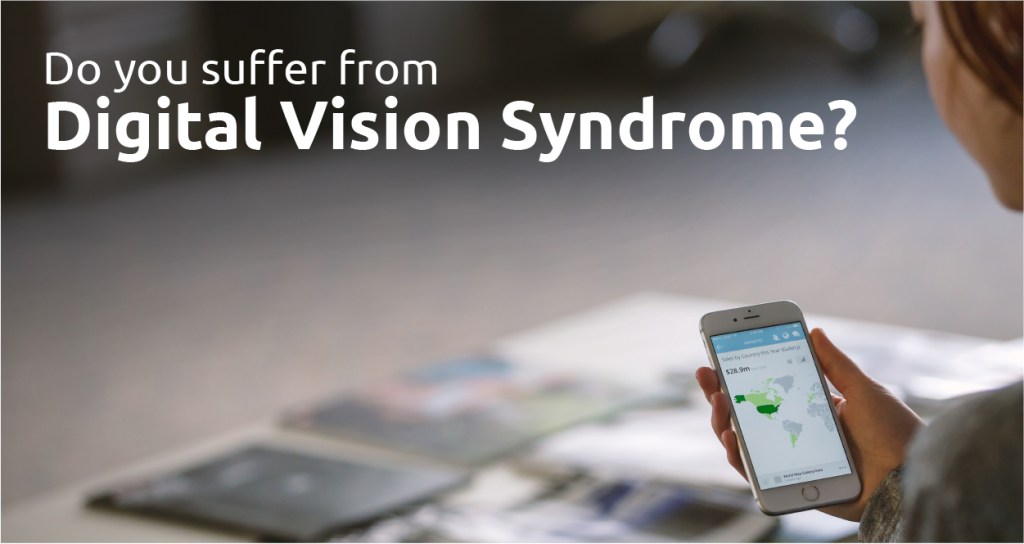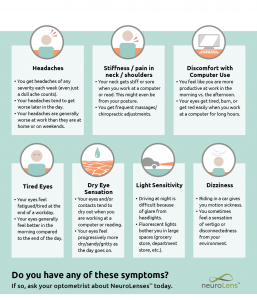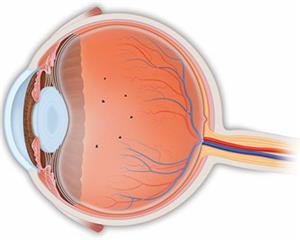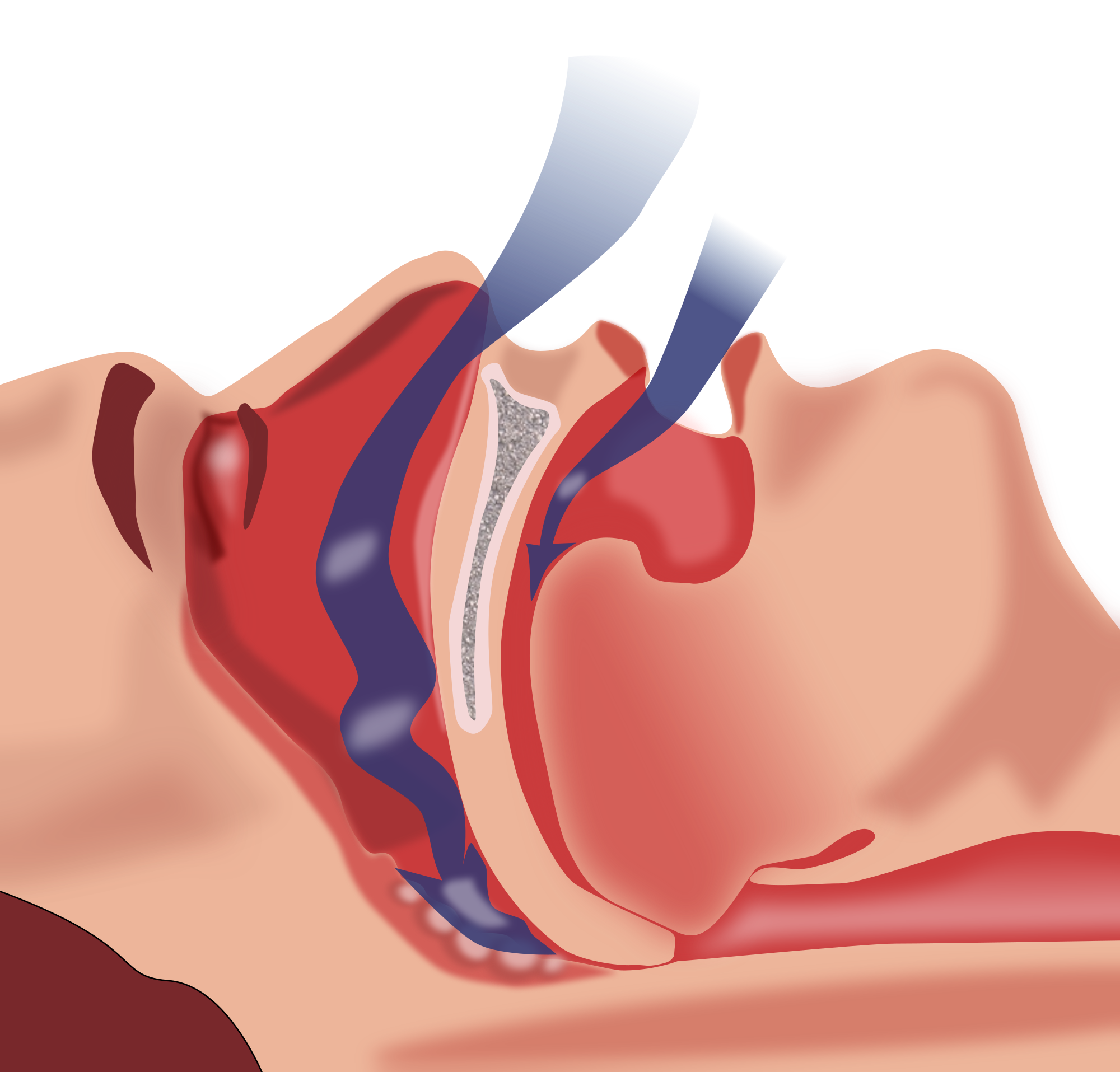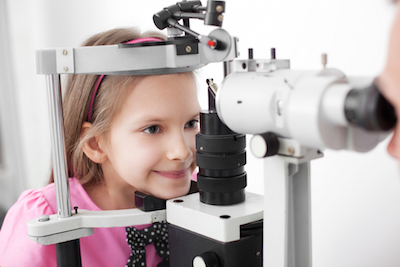Meet Dana Griesmer OD
Join us in welcoming doctor Dana K. Griesmer OD to the SkyVision team of doctors.
Dr. Griesmer has joined our team of experienced eye doctors, Dr. White MD and Optometrists Dr. Kaye, Dr. Schoeck and Dr. Schlegel. Dana will be offering weekday, Wednesday evening and, just in time for the summer and back to school rush, Saturday hours.
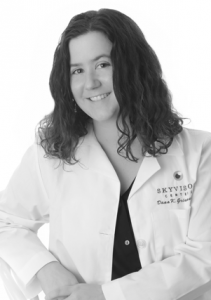
Dr. Griesmer is a graduate of Westminster College where she received a Bachelor of Science in Neuroscience. She then earned her doctorate of optometry in 2016 from the Ohio State University where she graduated with honors. While in optometry school, she was active in numerous student organizations and activities. Her clinical interests are broad, but she has a special interest and experience in ocular disease, co-management surgical care, and community outreach. She particularly values establishing relationships with patients and strives to involve each patient in their eye care experience as much as possible.
Dr. Griesmer shares, “I was drawn to SkyVision due to the friendly, technologically driven environment and their patient-oriented philosophies. I am very excited to contribute to this practice!”
Before joining SkyVision, Dr. Griesmer had the opportunity to hone her skills in comprehensive eye care in a corporate practice. Currently, she is an active member of the American Optometric Association and the Ohio Optometric Association. She is excited to join the highly-experienced group of doctors and staff at SkyVision and is eager to serve the growing community of patients.
Dr. White adds, “We love the fact that Dr. Griesmer has chosen to be part of the SkyVision team. Our practice continues to grow and her experience, intelligence, interests, and energy are a winning combination for all of us!”
Dr. Griesmer lives in Rocky River with her husband Philip and their two cats. Her free time is often spent in the Cleveland Metroparks, local libraries, or at home trying new recipes.
